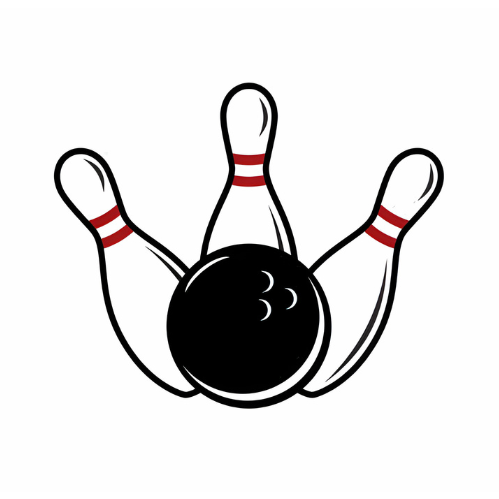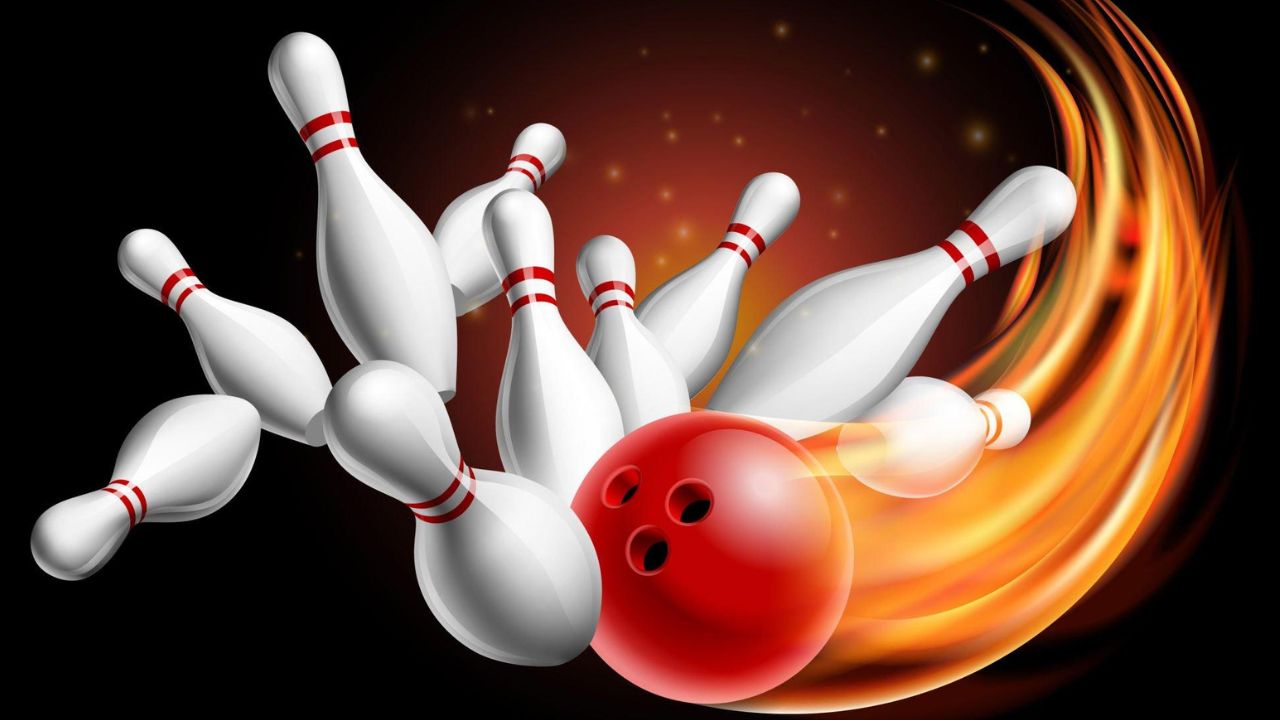When you’re playing Bowling, you’ve to use your finger simultaneously to perfectly hold your bowling ball. But you mustn’t use all your fingers to hold the bowling ball in either your fingertip or conventional bowling grip. That’s one of the significant similarities between the fingertip vs conventional bowling grip. However, the fingertip and conventional grip also differ considerably in friction, hook, hitting power, etc. So, what grip should you use fingertip vs conventional bowling ball grip? Undoubtedly, making the decision is tricky until you properly compare their grip system. Let’s help you with your decision. Start to read our article to get a clear vision regarding the fingertip and conventional bowling ball grip. Here you go!

What Is A Fingertip Bowling Grip?
Fingertip bowling refers to throwing the ball and inserting your index and middle finger at the last joint of the ball. The semi-finger grip is almost the same as the fingertip grip. But the difference is that you’ll need to fill the first and second finger joints instead of the last and middle joints.
Which Advantage is there to using a fingertip bowling grip?
While the traditional grip is designed for beginners, advanced and intermediate bowlers—those who usually average at least 140—might benefit from using a fingertip grip. A bowler has more lift, striking power, and turning ability thanks to this positioning because it generates more leverage than the standard grip.
What Is A Conventional Bowling Grip?
Conventional bowling refers to holding the bowling ball and inserting your middle and ring finger into the bowling ball. Typically, beginner and intermediate bowlers use the traditional bowling technique in their first several matches. That’s because conventional bowling offers the most effortless grip for the fundamental throw.
Which Advantage is there to using a Conventional bowling grip?
Beginning bowlers usually do well with the traditional grip because it provides a firmer hold than the fingertip variant. This grip also offers a more secure release because more of the palm makes contact with the ball and the fingers stay on the ball after the thumb is taken off.
Details of fingertip vs conventional bowling Ball
The fingertip and conventional are two popular types of grips favored by bowlers. This means you can either choose the fingertip or conventional grip to become a good bowler. But, fingertip vs conventional bowling ball grip – How to know which bowling grip is the best for you? Here we have differentiated the fingertip and conventional bowling ball grip to make everything straight and clear.
● Fingertip Bowling Ball
Fingertip bowling creates an extended rotation while knocking the bowling pins. But the rotation depends on the expansion of your palm. Indeed, the expansion of the palm allows us to hold the ball more securely and let the fingers get out of the ball’s hole faster.
Conventional Bowling Ball
The conventional bowling ball delivers almost no hook when you’re making your strike. Even after trying very hard, you’ll get a limited amount of hook with the conventional bowling ball.
● Fingertip Bowling Ball
Fingertip bowling delivers the ball to the endpoint with maximized friction. Creating friction helps the bowlers to generate an adequate number of hooks to drop all the bowling pins at once.
Conventional Bowling Ball
The conventional bowling ball can’t create adequate friction; therefore, you can’t create so many hooks for dropping the bowling pins at the first chance.
● Fingertip Bowling Ball
Holding the bowling ball with a fingertip is relatively straightforward, which enables one to hold the ball for a long time. But, for the novice bowler, getting the fingertip is slightly trickier for the first several days.
Conventional Bowling Ball
Getting the conventional bowling grip is comparatively more manageable than the fingertip grip. Perhaps that’s why the conventional bowling ball is preferred for intermediate bowling players.
● Fingertip Bowling Ball
Fingertip bowling allows the bowler to knock the pin with greater hitting power.
Conventional Bowling Ball
Conventional bowling balls can’t create greater hitting power similar to the fingertip. You can, however, utilize the strength of your body to drop the bowling pins.
● Fingertip Bowling Ball
After he learns to hook, Fingertip bowling is compatible with expert and pro-level bowlers. Hook Bowling is another bowling technique that takes some time to learn.
Unless you’re an experienced bowler, you can’t create your strikes using the fingertip bowling technique.
Conventional Bowling Ball
The conventional bowling grip is appropriate for the learner or novice bowler. Just make sure you put the correct finger on the suitable holes.
● Fingertip Bowling Ball
You have more flexibility to create the hook when fingertip bowling. Another reason why fingertip bowling produces an infinite number of spikes is because of this.
Conventional Bowling Ball
In a conventional bowling system, your ball doesn’t get freedom like the fingertip bowling. Consequently, it can create a limited number of hooks and makes a weaker hit on the bowling pins.
Identify your level to choose
Know your level before you choose between the fingertip and conventional bowling grip. That’s because neither the fingertip bowling grip nor the traditional bowling grip will produce the same amount of hooks. Getting a huge bowling hook is crucial for ensuring a more thorough hit. So commence your bowling with the standard bowling grip if you’re a beginner or learning to bowl. Get master with the fingertip bowling when you’re an intermediate or pro-level player.
FAQs
Do Pro-Bowlers Use the Conventional Grip?
Although the pro-bowlers primarily use the fingertip grip, some also make their goal using the conventional grip. You’ll get the success story of many bowlers who use the conventional grip to create their ultimate score.
Can You Crate Hooks with Your Bowling Ball Using the Conventional Grip?
The fingertip grip is the most favorable for creating a bowling hook, and conventional grips are less optimistic. But you can still produce some hook with your bowling ball using the conventional grip. If your conventional bowling ball fits your hand correctly, you might generate the basic hooks using your maximum strength.
Which Bowling Grip Is Most Favorable to The Average Bowler?
The fingertip bowling grip will be most favorable for the average bowler. The expansion of the hand while holding the ball will help to produce greater striking power, lifting, and hooking.
The Sum Up!
It’s difficult to distinguish between the fingertip grasp and the standard bowling ball grip. If you’ve never bowled, you’ll think that both stances are nearly identical. The only external change is that you must insert your middle and index fingers into the ball’s hole when using the fingertip grip. In contrast, you must insert your middle and ring fingers into the openings if you have a traditional bowling grip. Beyond what we’ve covered here, there are more distinctive qualities.

